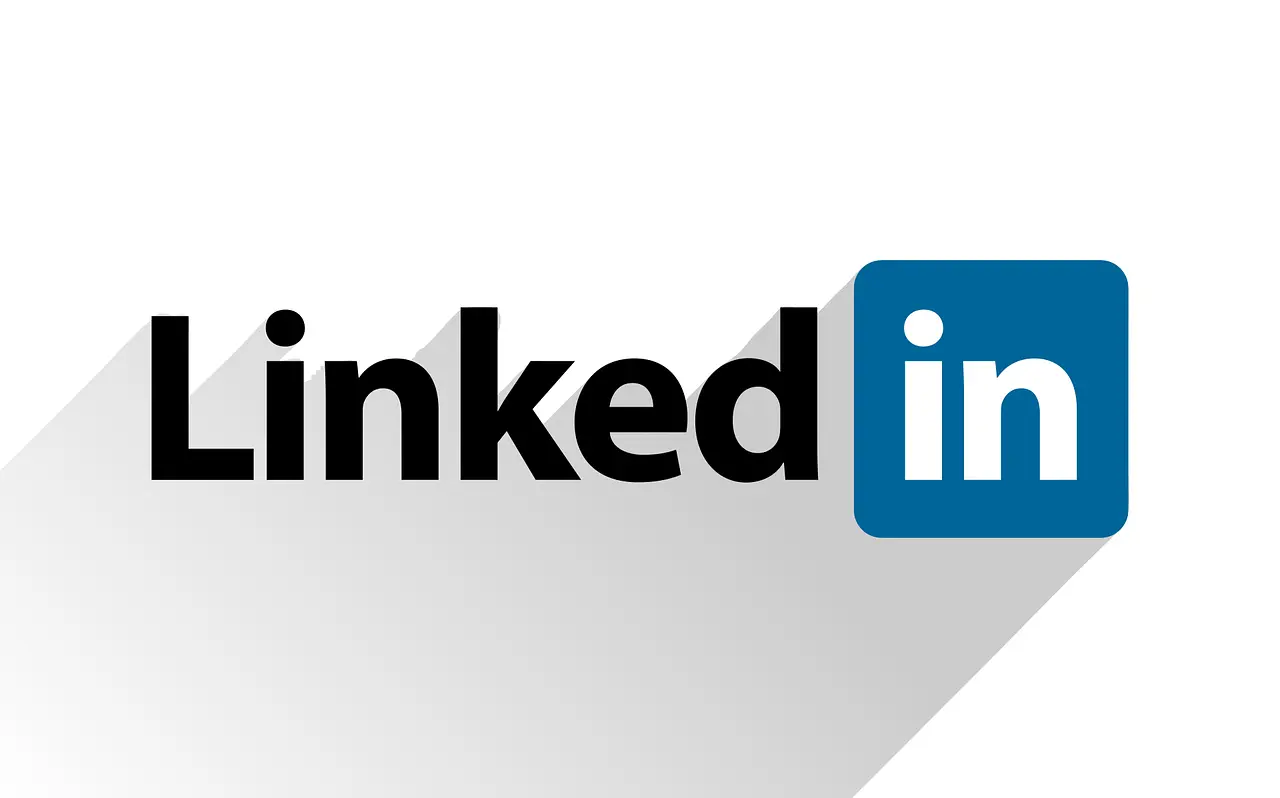LinkedIn’s feed algorithm is crucial for marketers aiming to enhance their reach and engagement on the platform. With over 930 million users worldwide and significant growth in the Middle East, LinkedIn has become a prime channel for B2B marketers and professionals seeking to connect with targeted audiences. Recently, LinkedIn provided fresh insights into how its feed algorithm determines which posts to prioritize. For marketing professionals in the Middle East, understanding these insights can offer an edge in content strategy and engagement, enabling them to reach their audiences more effectively.
How LinkedIn’s Feed Algorithm Works
LinkedIn’s feed algorithm has one core goal: to ensure users see relevant, valuable, and timely content that fosters engagement. Here are the primary factors influencing LinkedIn’s feed:
- Creator-Content-Connection (C3) Model: LinkedIn’s algorithm primarily relies on a model called the C3 framework, focusing on three components: the creator (poster), the content itself, and the connection (viewer). By analyzing the interaction between these three elements, LinkedIn determines how likely a post is to engage viewers. For example, posts from people who frequently interact with a user are more likely to appear in their feed. This means that marketers should focus on building meaningful connections with their target audience to improve the visibility of their posts.
- Content-Type Relevance: LinkedIn considers the format and type of content users typically engage with. Videos, articles, and images each have different engagement levels based on the audience’s preferences. For B2B content targeting Middle Eastern professionals, video and text-based posts that offer insights into local market trends or industry updates tend to perform well.
- Quality Signals: LinkedIn uses quality signals to weed out low-value content. Posts deemed spammy or excessively promotional are deprioritized, while high-quality, thoughtful content is rewarded. Marketers should aim for well-researched, informative posts that add value to their audience’s professional lives.
- User Behavior Signals: The algorithm also relies on user behavior data, including the people users engage with, the content they click on, and the time they spend on certain posts. For Middle Eastern marketers, this insight underscores the importance of tailoring content to resonate with local users’ professional needs and preferences.
Key Changes in the Algorithm
LinkedIn’s latest guidance sheds light on a few new practices marketers can adopt to improve post visibility. These include:
- Engagement-Driven Reach: Posts that garner immediate engagement are prioritized, which is why encouraging comments and shares can increase reach.
- Dwell Time: LinkedIn measures how long users spend viewing a post, indicating interest. By creating captivating, relevant content, marketers can capture viewers’ attention, increasing the likelihood that their posts will be surfaced more frequently.
- Professional Topics: LinkedIn is prioritizing industry-relevant and thought-leadership content, particularly posts that address current trends or challenges. By focusing on region-specific trends, Middle Eastern marketers can better position their content for visibility.
Implications for Middle Eastern Marketers
LinkedIn’s feed algorithm changes have practical implications for marketers in the Middle East, especially those working in competitive sectors such as technology, finance, or education. Here are some strategies to enhance content performance:
- Targeted Content Creation: Create content that speaks directly to regional trends, challenges, and success stories. Posts that address the unique needs of Middle Eastern businesses, such as local market insights or case studies, tend to resonate well with the regional audience.
- Build Strong Connections: Since LinkedIn prioritizes posts from users’ close connections, marketers should invest in building meaningful relationships with their target audience. This includes engaging with followers by responding to comments, liking relevant posts, and actively participating in conversations.
- Utilize Diverse Content Types: Experiment with content formats, from videos and infographics to long-form articles, to appeal to different user preferences. For instance, brief videos summarizing the latest developments in Middle Eastern industries may attract higher engagement than standard text posts.
- Optimize for Dwell Time: Capturing a user’s attention within the first few seconds is crucial. Creating compelling opening lines or eye-catching visuals can increase dwell time, helping posts rank higher in the feed.
- Thought Leadership and Industry Updates: LinkedIn’s algorithm favors posts that contribute to professional development. Sharing thought leadership pieces or industry insights that reflect the Middle Eastern business environment can position your brand as a regional authority, making it more likely to receive high engagement.
To explore this topic further, check out our Measuring LinkedIn Marketing ROI: The Power of Revenue Attribution for more insights.
Key Takeaway for Marketing Managers
Marketing managers in the Middle East should see LinkedIn’s feed algorithm as an opportunity to refine their content strategy. By focusing on connection-driven posts, engaging content formats, and industry relevance, marketers can improve their brand’s visibility and engagement. A proactive approach to LinkedIn content, tailored to regional audiences, can enhance professional relationships and drive business outcomes on this growing platform.
In conclusion, LinkedIn’s feed algorithm rewards marketers who provide meaningful, relevant content. For those in the Middle East, focusing on regional trends and maintaining strong connections can unlock new engagement opportunities, helping to reach professionals and decision-makers effectively.



